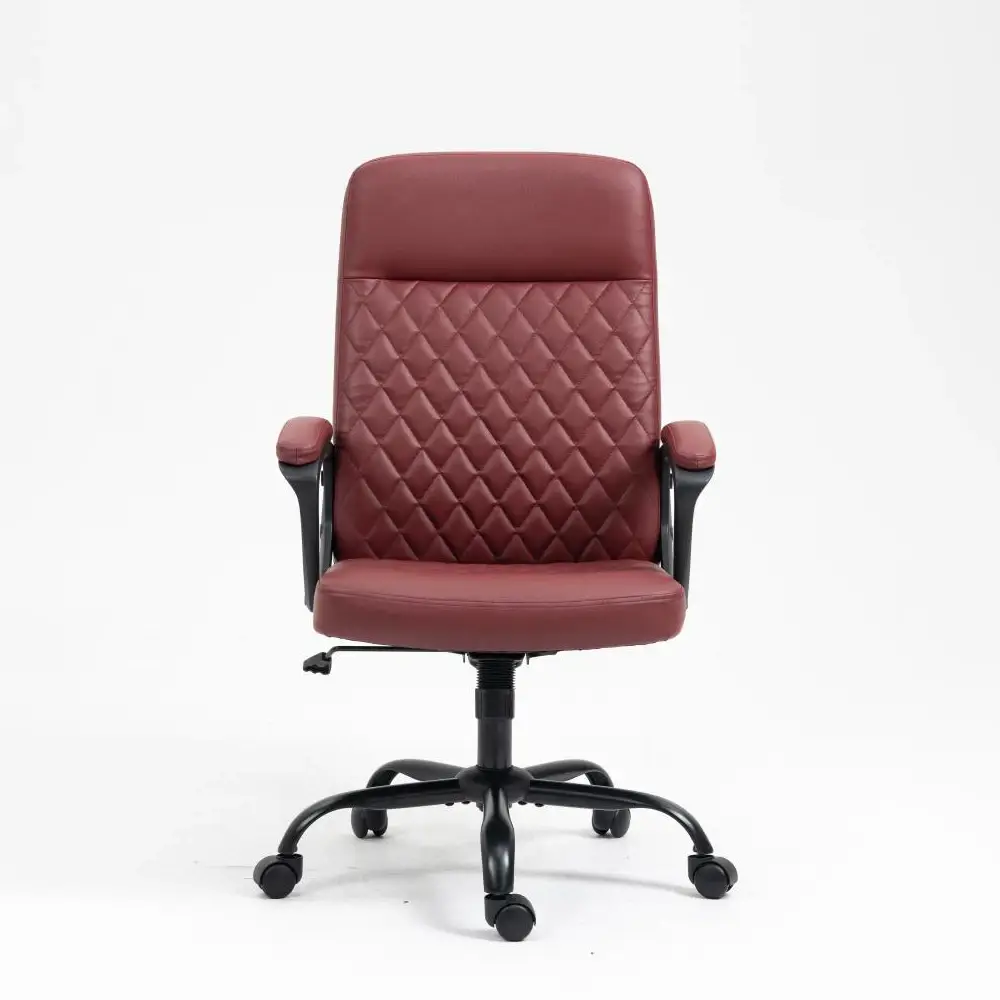Email format error
Email cannot be empty
Email already exists
6-20 characters(letters plus numbers only)
The password is inconsistent
Email format error
Email cannot be empty
Email does not exist
6-20 characters(letters plus numbers only)
The password is inconsistent

News
Here, you can describe a piece of text you want to express

Crafting Comfort: A Deep Dive into Ergonomic Office Chair Design
Introduction:
In the modern workplace, where sedentary tasks dominate, the significance of ergonomic office chairs cannot be overstated. These chairs are not mere pieces of furniture but vital tools in promoting productivity, comfort, and overall well-being. In this article, we embark on a journey through the intricate world of ergonomic office chair design, exploring key features, manufacturing processes, technological innovations, and quality control standards prevalent in Chinese factories.
II. Key Features of Ergonomic Office Chairs:
Ergonomic office chairs stand out for their thoughtful design elements, aimed at supporting the human body during prolonged sitting. Adjustable lumbar support ensures proper alignment of the spine, alleviating lower back strain. Armrests provide a resting place for weary arms, reducing tension in the shoulders and neck. Seat depth adjustment accommodates users of various heights, promoting optimal posture. Tilt mechanisms offer flexibility, allowing users to recline comfortably and reduce pressure points.
III. Materials and Manufacturing Processes:
A. Commonly Used Materials:
1. High-Quality Foam: Provides plush cushioning for comfort while retaining its shape over time.
2. Breathable Mesh: Enhances airflow, keeping users cool and preventing moisture buildup.
3. Durable Metal Frames: Offer sturdy support and longevity to the chair's structure.
B. Manufacturing Processes in Chinese Factories:
1. Injection molding: utilized for producing components with intricate shapes and consistent quality.
2. CNC Machining: Ensures precision and accuracy in crafting metal parts for the chair's frame.
3. Quality Assurance Procedures: Stringent checks and balances are implemented throughout the production process to maintain high standards of quality and durability.
IV. Technological Innovations in Ergonomic Chair Design:
A. Adjustable Mesh Backrests: Employed to provide customizable lumbar support and improved ventilation.
B. Pressure-Sensitive Seat Cushions: Automatically adjust to the user's weight and posture, reducing pressure points and enhancing comfort.
C. Smart Seating Solutions: Incorporate sensors and actuators to dynamically adapt chair settings, promoting ergonomic correctness and preventing discomfort.
V. Quality Control and Certification Standards:
A. Importance of Quality Control Measures: Crucial for ensuring that each chair meets strict standards of safety, comfort, and durability.
B. Adherence to International Certification Standards:
1. ISO Standards: Reflect globally recognized benchmarks for quality management systems, ensuring consistency and reliability in chair manufacturing.
2. ANSI/BIFMA Standards: Establish criteria for evaluating the performance, safety, and durability of office furniture, instilling confidence in consumers.
C. Safety and Performance Assurance in Chinese Manufactured Ergonomic Office Chairs: Chinese factories prioritize compliance with these standards, assuring customers of the quality and reliability of their products.
VI. Conclusion:
Ergonomic office chairs play a pivotal role in shaping the modern workplace landscape, promoting health, productivity, and employee satisfaction. Through meticulous attention to design, utilization of quality materials and manufacturing processes, integration of cutting-edge technologies, and unwavering commitment to quality control standards, Chinese manufacturers are driving innovation in the ergonomic office chair industry. As we look to the future, the ergonomic office chair industry in China is poised for further growth and advancement, promising even greater comfort and functionality for workplaces worldwide.

